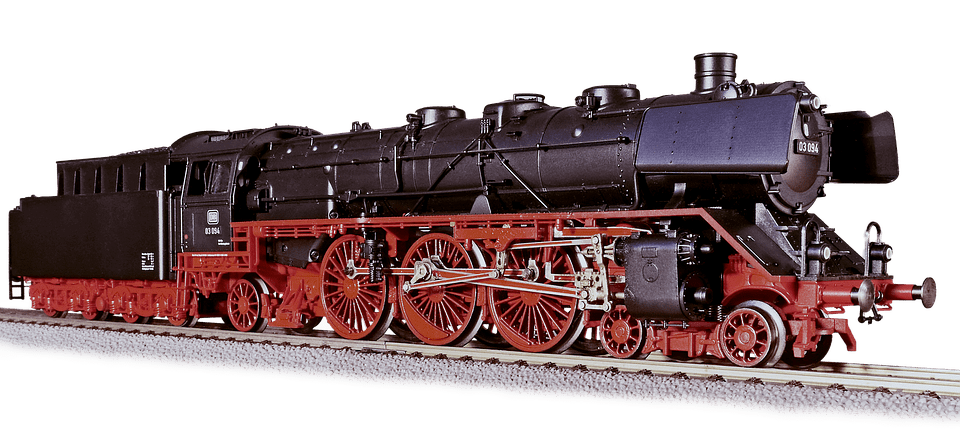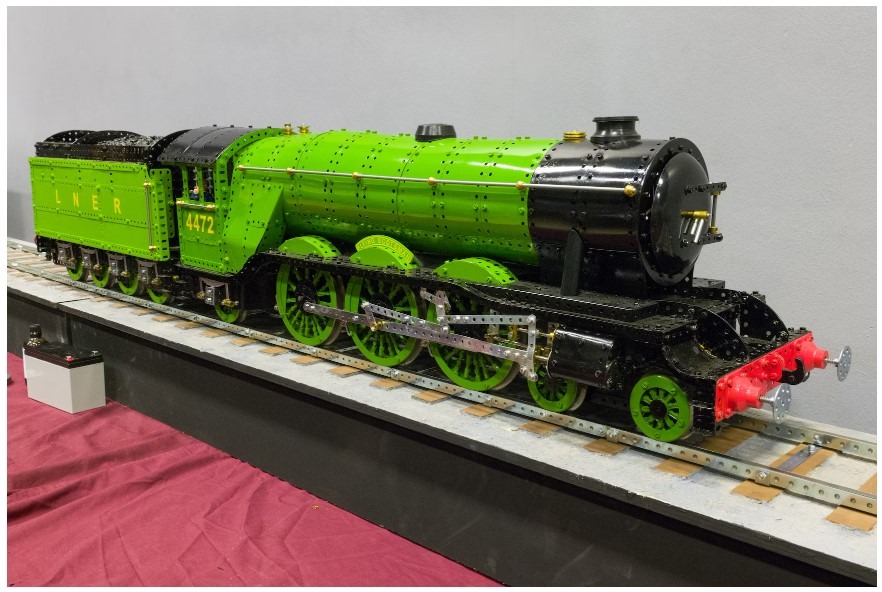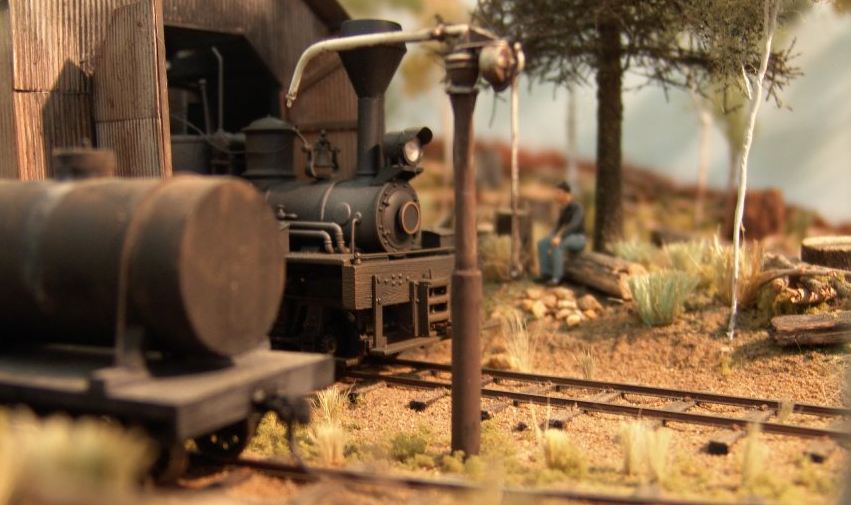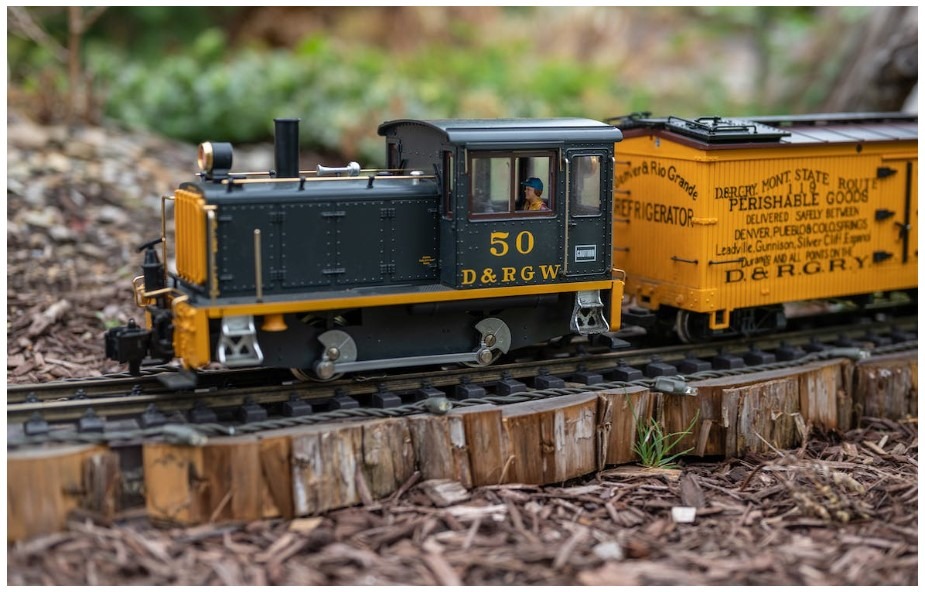Adhesives and Glues for Model Railroads
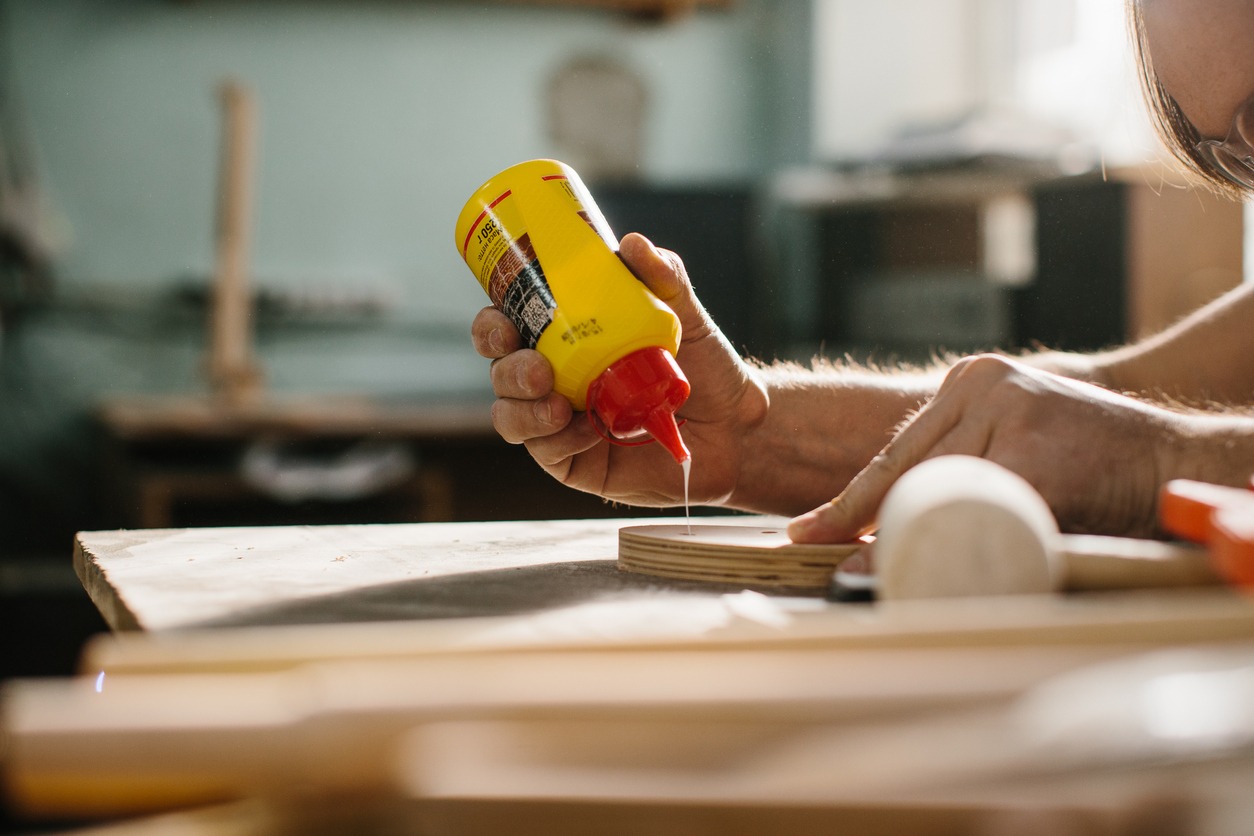
When it comes to building and maintaining miniature train layouts, choosing the right adhesive is crucial for both the durability and appearance of your project. Model train enthusiasts often work with a variety of materials, from wood to plastic, and each requires a specific type of bonding agent to ensure a strong and lasting hold.
This guide explores the different adhesives commonly used in model railroading, highlighting their best applications, set times, and cleanup methods. Whether you're attaching scenery elements or assembling intricate model kits, understanding the properties of each glue will help you achieve the best results in your miniature world.
Adhesives for Model Railroads
Model train enthusiasts use various adhesives to build and maintain their layouts. Each type serves a specific purpose, bonding different materials with varying strengths.
White Glue and Carpenter’s Glue
PVA-based glues work well for porous materials. They're easy to clean up and are great for attaching scenery elements like trees and ground cover to layouts. Carpenter's glue offers a stronger bond for wood joints.
- Best for Porous Materials: PVA glue works exceptionally well on porous surfaces like wood, paper, and cloth, making it ideal for attaching scenery elements like trees, grass, and ground cover.
- Water-Soluble: This glue is easy to clean up with water, making it convenient for projects where precision and neatness are required.
- Slow Setting Time: PVA glue has a relatively slow set time, allowing for adjustments and repositioning before it fully cures.
- Non-Toxic: PVA glue is generally non-toxic, making it safe to use, especially in well-ventilated areas.
- Flexible Bond: Once dried, PVA glue forms a flexible bond, which is useful for parts that may experience slight movement.
Hot Glue
A handy tool for quick fixes, hot glue guns melt solid sticks into a tacky substance. This works well for joining cardboard, foam, and cork to wooden bases. Be careful, as the melted glue can cause burns.
- Fast Setting: Hot glue sets quickly, which is ideal for quick fixes and when working with materials that need to be held in place immediately.
- Works on Various Materials: It can bond cardboard, foam, cork, and wood, making it versatile for different parts of a model train layout.
- Easy to Remove: Once cooled, hot glue can often be peeled off, which is useful if you need to rework a section.
- Caution Required: Hot glue guns can cause burns if not handled carefully, so always use with caution.
- Not Ideal for High-Temperature Environments: Hot glue can soften and lose its bond if exposed to high temperatures, so it’s best used in stable indoor environments.
Construction Adhesives and Caulk
Latex-based caulks are versatile for model railroad projects. They work well for roadbeds and larger scenery pieces. These adhesives offer some flexibility and longer working times. Clamp pieces together while drying for best results.
- Flexible Bond: Caulk remains somewhat flexible even after drying, making it suitable for roadbeds and larger scenery pieces that may experience slight shifts.
- Longer Working Time: Latex-based caulks offer a longer working time compared to fast-setting adhesives, allowing for careful positioning and adjustments.
- Easy Cleanup: Cleanup is easy with soap and water before the caulk cures, making it user-friendly for larger projects.
- Best When Clamped: For a strong bond, it's recommended to clamp the materials together while the caulk dries.
- Sealing Gaps: Caulk is also excellent for filling and sealing gaps between materials, which can be especially useful in creating seamless scenery.
Contact Cement
This unique adhesive requires application to both surfaces. Once dry to the touch, pressing the coated sides together creates a strong bond. It's useful for joining dissimilar materials.
- Strong Bond for Dissimilar Materials: Contact cement is ideal for bonding dissimilar materials, such as metal to wood or rubber to plastic.
- Requires Double Application: It must be applied to both surfaces and allowed to dry until tacky before pressing the pieces together, creating an instant, strong bond.
- No Clamping Needed: Once the surfaces are pressed together, the bond is almost immediate, so no clamping is required.
- Solvent-Based Cleanup: Cleanup requires a solvent, so work carefully to avoid excess mess.
- Ventilation is Key: Always use contact cement in a well-ventilated area, as the fumes can be strong and potentially harmful.
Spray Adhesives
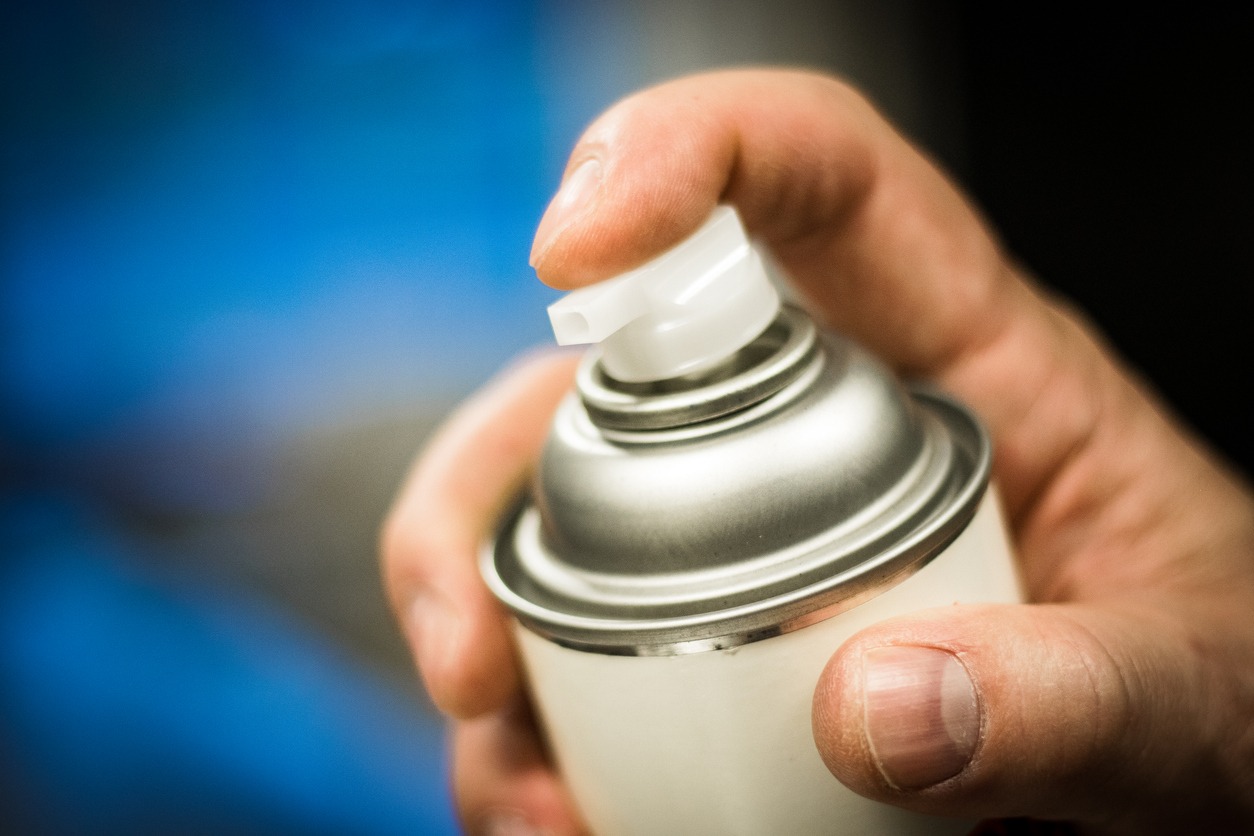
Spray adhesives come in handy for large, flat surfaces. They're ideal for attaching backdrops or securing foam scenery to flat areas of the layout.
- Ideal for Large Surfaces: Spray adhesive is perfect for applying adhesive evenly over large, flat surfaces, such as backdrops or large pieces of foam scenery.
- Quick Drying: It dries relatively quickly, so you’ll need to position the materials carefully and swiftly.
- Even Coverage: Provides an even layer of adhesive, reducing the risk of bubbles or wrinkles in the material being adhered.
- Permanent Bond: Depending on the type, spray adhesive can create a very strong, permanent bond, so ensure proper alignment before adhering surfaces.
- Use in a Well-Ventilated Area: The spray can be aerosolized, so it’s important to use it in a well-ventilated space and avoid inhaling the fumes.
Plastic Cement
These cements contain solvents that partially dissolve plastic surfaces. As they cure, they create a strong bond, essentially welding plastic pieces together. They're commonly used for model kits.
- Welds Plastic Parts Together: Plastic cement contains solvents that soften the plastic surfaces, allowing them to weld together as they cure, creating a very strong bond.
- Perfect for Model Kits: It is the go-to adhesive for assembling plastic model kits, as it provides a seamless and durable bond.
- Requires Precision: Apply carefully, as it can dissolve plastic on contact, potentially damaging details if used excessively.
- Medium Set Time: This glue usually has a medium set time, giving some room for adjustments before it fully hardens.
- Use Sparingly: A small amount is usually sufficient; too much can create a mess or weaken the structure.
CA (Cyanoacrylate glue)
Cyanoacrylate (CA) glues, often called super glues, bond quickly to many surfaces. They work well for joining different materials and set rapidly in the presence of moisture.
- Rapid Bonding: CA glue bonds extremely quickly, often within seconds, making it ideal for small parts and quick repairs.
- Versatile Adhesion: It bonds a wide range of materials, including metal, plastic, wood, and even rubber.
- Precision Application: Use in small amounts to avoid excess glue, which can lead to mess or bond weakening.
- Special Removers Required: If you need to remove or reposition something after the glue has set, you’ll need a special remover or debonder.
- Effective in Moist Environments: CA glue cures faster in the presence of moisture, which can be useful in humid conditions or when bonding damp materials.
Common Model Railroad Adhesives
| Adhesive Type | Best Uses | Set Time | Clean-up |
|---|---|---|---|
| PVA Glue | Scenery, wood | Slow | Water |
| Hot Glue | Quick fixes | Fast | Peel when cool |
| Caulk | Roadbed, large scenery | Medium | Soap and water |
| Contact Cement | Dissimilar materials | Medium | Solvent |
| Spray Adhesive | Large flat surfaces | Fast | Solvent |
| Plastic Cement | Plastic kits | Medium | Solvent |
| CA Glue | Small parts, various materials | Very fast | Special remover |
- Read and follow all safety instructions
- Work in a well-ventilated area
- Use appropriate safety gear (gloves, eye protection)
- Test adhesives on scrap materials first
- Allow proper drying time for strong bonds
Different project stages may require multiple adhesive types. Keep a variety on hand for best results. With practice, modelers learn which glues work best for specific tasks, improving their building and repair skills.
Conclusion
Selecting the right adhesive is an essential skill for any model train enthusiast. From PVA glue for scenic details to fast-acting cyanoacrylate for quick fixes, each adhesive type offers unique benefits for specific tasks. By keeping a variety of bonding agents on hand and understanding their applications, you can tackle any project with confidence. Remember to always follow safety precautions and allow sufficient drying time for strong, durable bonds. With practice and the right tools, you'll master the art of adhesion, bringing your miniature train layout to life with precision and care.

